
 Concrete slabs are essential in providing a stable base for flooring in warehouses, retail showrooms, and other commercial spaces. However, despite their durability, concrete slabs are not immune to problems. Over time, they can become unlevel due to various factors like soil settlement and heavy loads.
Concrete slabs are essential in providing a stable base for flooring in warehouses, retail showrooms, and other commercial spaces. However, despite their durability, concrete slabs are not immune to problems. Over time, they can become unlevel due to various factors like soil settlement and heavy loads.
Common Issues with Commercial Concrete Slabs
The most frequent issues with concrete slabs in commercial settings include cracking, sinking, and rocking. Cracks can develop due to thermal expansion, shrinkage, or heavy loads. Sinking or settling occurs when the soil underneath the slab compacts or washes away, leading to uneven surfaces. Slabs may rock or shift when they become loose. These problems are not just cosmetic; they can lead to serious safety hazards, such as trip and fall accidents, and can also cause operational issues, especially in spaces where machines like forklifts are used.
An Opportunity for Inspection and Planning
The post-holiday period, typically quieter in terms of business activity, is an excellent time for property managers to inspect their concrete slabs for any signs of wear or damage. This proactive approach allows for early identification of potential problems before they escalate into major issues. Regular inspections can help extend the lifespan of your slabs and maintain the safety and functionality of your commercial space.
Preparing for Maintenance: Utilizing the Downtime
Once any issues are identified, this quieter period is also ideal for planning and executing necessary repairs. Without the usual hustle and bustle of peak business times, repairs can be carried out with minimal disruption to daily operations. This downtime also provides an opportunity to consult with contractors, compare different repair methods, and schedule the work at a time that least affects your business.
Setting the Stage for a Problem-Free Year
Understanding the basics of commercial slab care and utilizing quieter times for maintenance can save commercial property owners time and money in the long run. By staying ahead of slab issues, you ensure a safer environment for your employees and customers and maintain the aesthetic appeal and functionality of your property.



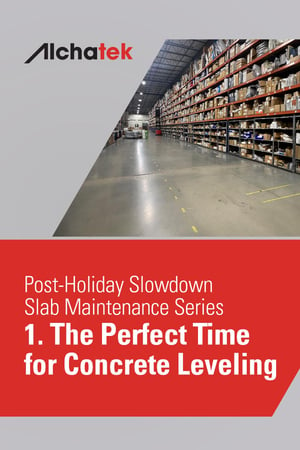 As the holiday season winds down and the festive decorations are packed away, commercial property owners and managers find themselves in a unique period of the year – the post-holiday slowdown. This quieter time offers an ideal opportunity for essential maintenance tasks, particularly addressing one of the most common yet overlooked issues: unlevel concrete slabs.
As the holiday season winds down and the festive decorations are packed away, commercial property owners and managers find themselves in a unique period of the year – the post-holiday slowdown. This quieter time offers an ideal opportunity for essential maintenance tasks, particularly addressing one of the most common yet overlooked issues: unlevel concrete slabs.
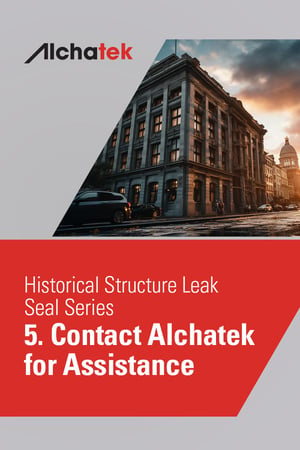 As we conclude our series on preserving historical buildings, the overriding message is clear: the importance of professional expertise in leak sealing cannot be overstated. Historical structures, with their unique architectural features and materials, demand a level of care and knowledge that goes beyond ordinary repair work. Professionals in this field bring not only the necessary technical skills but also an understanding of historical preservation principles, ensuring that repairs enhance rather than detract from the building's historical value.
As we conclude our series on preserving historical buildings, the overriding message is clear: the importance of professional expertise in leak sealing cannot be overstated. Historical structures, with their unique architectural features and materials, demand a level of care and knowledge that goes beyond ordinary repair work. Professionals in this field bring not only the necessary technical skills but also an understanding of historical preservation principles, ensuring that repairs enhance rather than detract from the building's historical value.


 In the delicate task of preserving historical structures, probe grouting with polyurethane grout has emerged as a critical technique. Probe grouting involves injecting grout into the ground around a structure to seal leaks and fill voids next to the walls of below-grade areas. This method is uniquely beneficial for addressing sub-surface issues like water intrusion, without disturbing the structure itself or the interior surfaces.
In the delicate task of preserving historical structures, probe grouting with polyurethane grout has emerged as a critical technique. Probe grouting involves injecting grout into the ground around a structure to seal leaks and fill voids next to the walls of below-grade areas. This method is uniquely beneficial for addressing sub-surface issues like water intrusion, without disturbing the structure itself or the interior surfaces.
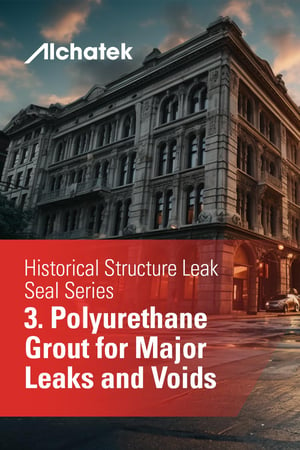 In the realm of historical building preservation, polyurethane grouts stand out as a vital tool for managing structural repairs, particularly in dealing with significant leaks and voids. Polyurethane grouts are injectable resins that react with water to expand and solidify, forming a sturdy, waterproof seal. This characteristic makes them especially suitable for repairing and reinforcing structures that have been compromised over time.
In the realm of historical building preservation, polyurethane grouts stand out as a vital tool for managing structural repairs, particularly in dealing with significant leaks and voids. Polyurethane grouts are injectable resins that react with water to expand and solidify, forming a sturdy, waterproof seal. This characteristic makes them especially suitable for repairing and reinforcing structures that have been compromised over time.
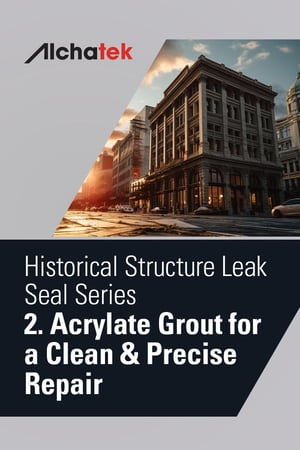 In the realm of historical structure preservation, acrylate grouts have become an essential tool. But what are they, precisely? Acrylate grouts are water-soluble resins that transform into a gel-like substance when mixed with specific catalysts. Renowned for their flexibility, strength, and compatibility with a broad range of building materials, these grouts are particularly suited to older buildings where traditional repair materials may fall short.
In the realm of historical structure preservation, acrylate grouts have become an essential tool. But what are they, precisely? Acrylate grouts are water-soluble resins that transform into a gel-like substance when mixed with specific catalysts. Renowned for their flexibility, strength, and compatibility with a broad range of building materials, these grouts are particularly suited to older buildings where traditional repair materials may fall short.
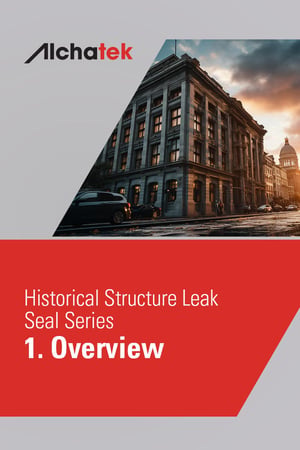 The preservation of architectural treasures is a paramount concern. These structures not only embody a rich history but also present unique challenges in maintenance and repair. One such challenge is effectively sealing leaks without compromising the building's aesthetic integrity or historical value. This series aims to provide an in-depth understanding of the advanced solutions available for this delicate task.
The preservation of architectural treasures is a paramount concern. These structures not only embody a rich history but also present unique challenges in maintenance and repair. One such challenge is effectively sealing leaks without compromising the building's aesthetic integrity or historical value. This series aims to provide an in-depth understanding of the advanced solutions available for this delicate task.
 As a municipal manager or administrator, you’re well aware of the challenges and solutions related to maintaining the structural integrity of infrastructure like bridge approach slabs. The numerous benefits of polyurethane foam, including its cost-effectiveness, quick application time, and long-term durability, make it a compelling choice for bridge approach slab leveling and stabilization.
As a municipal manager or administrator, you’re well aware of the challenges and solutions related to maintaining the structural integrity of infrastructure like bridge approach slabs. The numerous benefits of polyurethane foam, including its cost-effectiveness, quick application time, and long-term durability, make it a compelling choice for bridge approach slab leveling and stabilization.

 Budget constraints are a perennial concern for infrastructure maintenance operations. Whether it's the upkeep of roads, bridge approach slabs, or other critical components, there is an ever-present need to optimize spending without compromising quality. Administrators and engineers alike are continually searching for cost-effective, long-term solutions that deliver robust performance and minimize future maintenance costs.
Budget constraints are a perennial concern for infrastructure maintenance operations. Whether it's the upkeep of roads, bridge approach slabs, or other critical components, there is an ever-present need to optimize spending without compromising quality. Administrators and engineers alike are continually searching for cost-effective, long-term solutions that deliver robust performance and minimize future maintenance costs.
 One of the most pressing challenges in infrastructure maintenance is managing slab repairs on busy roadways, including bridge approach slabs, streets, and highways. These repairs often lead to unavoidable traffic disruptions, posing operational challenges that can significantly impact the daily commute and local economy. As a result, there's an increasing need for solutions that are not only effective in restoring structural integrity but also quick, thus minimizing the time lanes are closed.
One of the most pressing challenges in infrastructure maintenance is managing slab repairs on busy roadways, including bridge approach slabs, streets, and highways. These repairs often lead to unavoidable traffic disruptions, posing operational challenges that can significantly impact the daily commute and local economy. As a result, there's an increasing need for solutions that are not only effective in restoring structural integrity but also quick, thus minimizing the time lanes are closed.